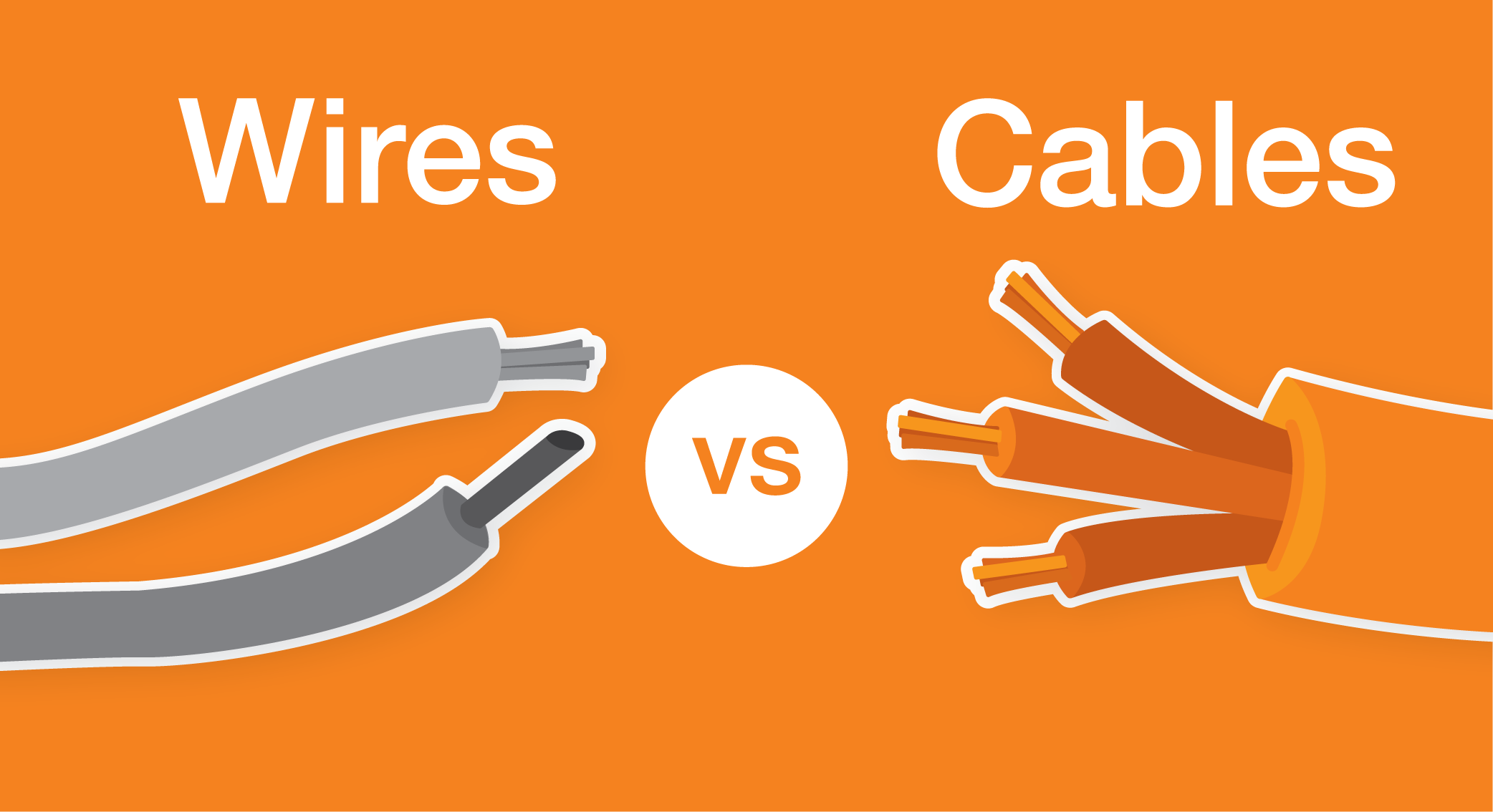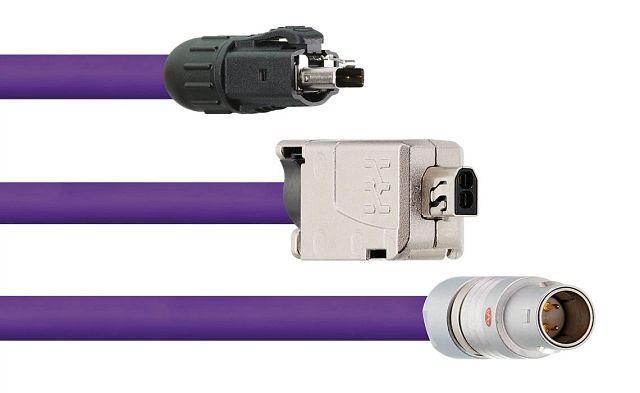What Is the Maximum Tensile Strain of a Cable?
The maximum tensile strain of a cable is particularly important in hanging applications because the cable must carry its own weight. This is the case when a storage and retrieval unit (SRU) lifts up and down.

The Maximum Tensile Force for Cables
The maximum tensile strain indicates up to which force or up to which freely suspended length a cable can be loaded without danger. Depending on the cable structure, there can be quite different maximum tensile strains since the tensile strain is always calculated according to the sum of the cross sections of all the main cores of a cable. The maximum tensile force for cables with copper cores is specified in VDE0298. This defines the maximum permissible tensile force for standard cables with 15N/mm² cross section of the sum of the main cores.
A calculation example can clarify the facts of the case.
Assuming a CF21.25.15.02.02.UL, i.e. a servo cable with a structure of (4G2.5+(2×1.5)C)C, should be used in a hanging application of 25m. First, the weight of the cable must be calculated: F=m x a x l = 0.271kg/m x 9.81N x 25m = 66.5N
How high can a load be applied on the cable? The main cores therefore have a cross section of 2.5mm²:
4G2.5mm² -> 4×2.5mm²=10mm²
10mm² x 15N/mm² = 150N max. permissible tensile strain
Since the weight of 66.5N is less than the maximum permissible tensile strain of 150N, the cable can be used in this application.
Which Cable Should Be Used for High Tensile Strains?
For cables with small cross sections, like bus cables, the permissible limit is quickly reached, which is why igus® offers optimum cables for applications with very high tensile strains. A good example is the CFSPECIAL182.045. This is a CAT5e Ethernet cable. Due to its special structure with an aramid braiding in a two-layer outer jacket, this cable is highly suitable for applications with very high tensile strain, such as hanging applications.
The aramid braiding integrated in the outer jacket ensures that the tensile strain does not act on the inside of the cable. Instead, it is absorbed in the braiding. This ensures longer durability and smooth functioning of the cable.
Insanely high tensile forces also occur in other applications, like forklifts.
It is necessary to take a closer look and examine the details in order to find a good solution, as the cable is guided via rollers.

Conclusion
The maximum tensile strain is extremely important when selecting the right cable. If you do not pay attention to it, the cable used may “lengthen”. This can lead to defects and, in the worst case scenario, machine failure.
Need help with your application? Contact us today. Or check out our webpage to learn more about chainflex® cables.




